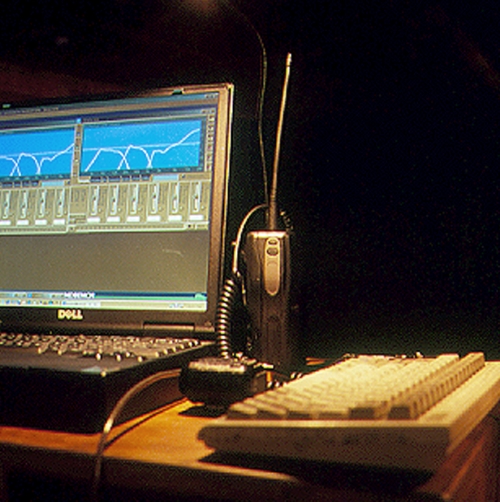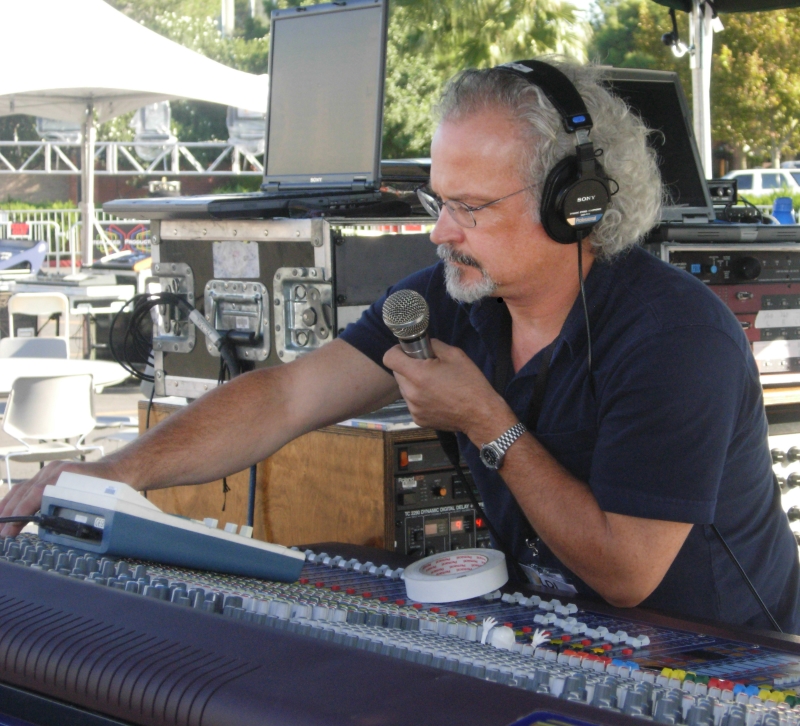
Vocal FX Pedals
Some singers have a vocal FX “pedal” that’s part of their sound.
More often than not, clipping and noise issues pop up with such devices. In the heat of the moment, troubleshooting this is paramount, yet can eat up valuable line-check time.
I prepare for such moments by hard splitting (with a Y-cable) that vocal line from the mic – one line has the vocal FX pedal and the other a “clean” signal (no pedal). Working with both leaves me with an “out” if issues arise.
And if a little more clarity is needed, I can sneak in the clean line. Just be careful of phase issues if the pedal uses significant DSP, which can result in noticeable latency.
Console Show Files
Some acts, of course, tour with their own consoles, while others will work off your desk using their own show files. This is a big one – be very careful of how show files are loaded into your console. Occasionally you’ll have a blurry-eyed engineer load a file into without giving you a heads-up. Consoles from various manufacturers handle file loading differently.
As a result, I always have a recent backup of the festival show file on the desk, and of course, on a USB flash drive as well (if not two drives). Making a habit of saving the show in full mute state is a must.
You don’t want to load a show file on change-over while the stage is being patched with all the inputs on your desk open and on! The key takeaway: the mute state and output patching/configuring are the “gotchas.” Using a console’s “safes” for patching is a good strategy.
Silent Line Check
We all know what a kick drum sounds like, and the audience doesn’t need to also need to hear it repeatedly over the rig before an act takes the stage.
Communicate with your tech on the stage and monitor it with your headphones. With the essential “throw and go” festival situation and the limited time it offers, focusing on correctly patched and normal sounding inputs (no buzzes, all-legged, etc.) is the name of the game.
Monitors
Two scenarios – monitors from FOH and monitors from the deck. Both require communication and a workflow that offers the best chance at success while the clock ticks away.
In the digital world, I build a simple reset scene which simply resets monitor send levels. I find keeping channel EQ and output EQ from the previous act is a safe starting point. (You can also simply “save” those functions.)
Does That Sound Good?
I’ve learned that I can’t maintain a level of objectivity when mixing for several hours without taking “hearing breaks.” After getting the mix up and feeling good, I pop in my -15 dB ear buds for a bit, occasionally taking them out to make sure all is still sounding O.K. This can also reveal quite a bit within your mix – my assumption is that it may be related to the Fletcher–Munson curve.
Trust Your Gut
Once line check is complete and it’s show time (on schedule, of course), this is where the excitement at the heart live sound lives for me. Reacting and making choices based on your personal instinct and what the band wants is quite a rush! Enjoy the festival season and strive for that “killer summer FOH tan.”

